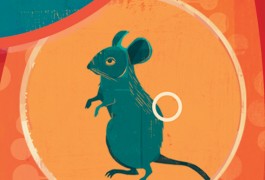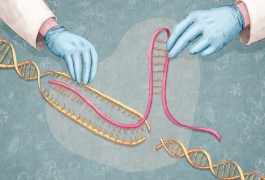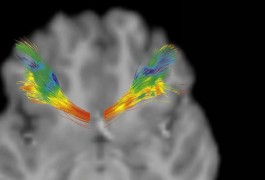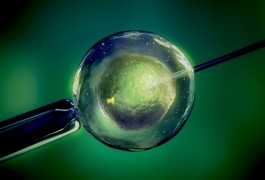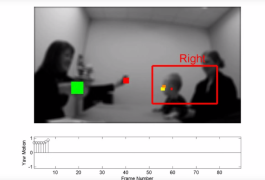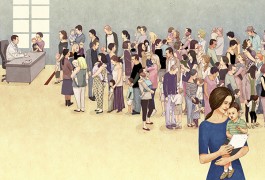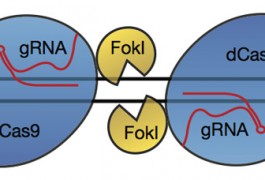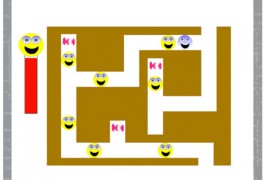New ‘hands-free’ device controls mouse movements
With a tiny diode inserted into a mouse’s skull, researchers can stimulate its neurons while it runs freely on an exercise wheel or crawls through cardboard tubes, they reported yesterday at the 2014 Society for Neuroscience annual meeting in Washington, D.C.
